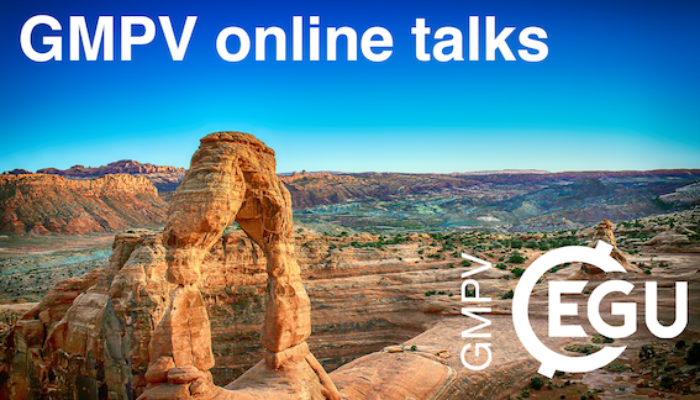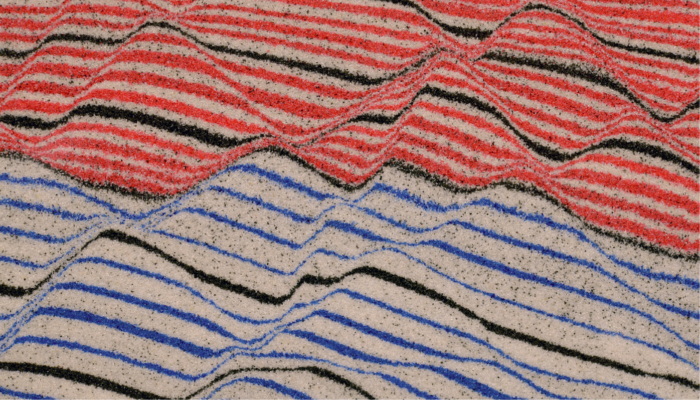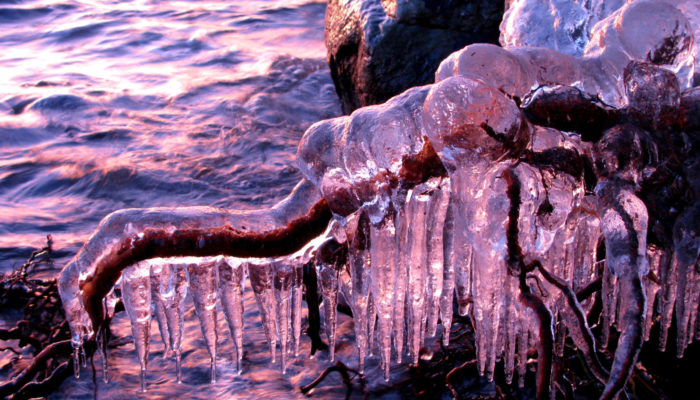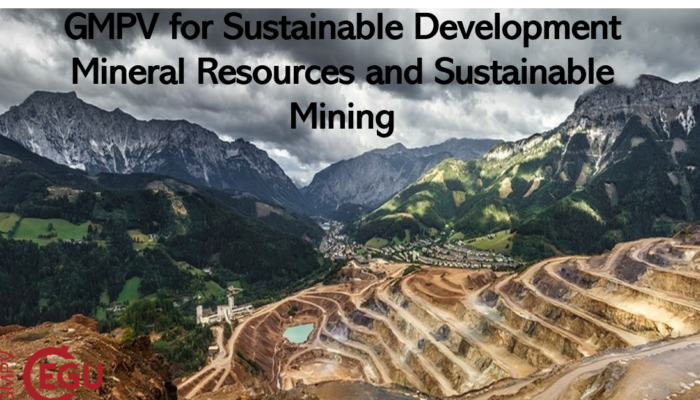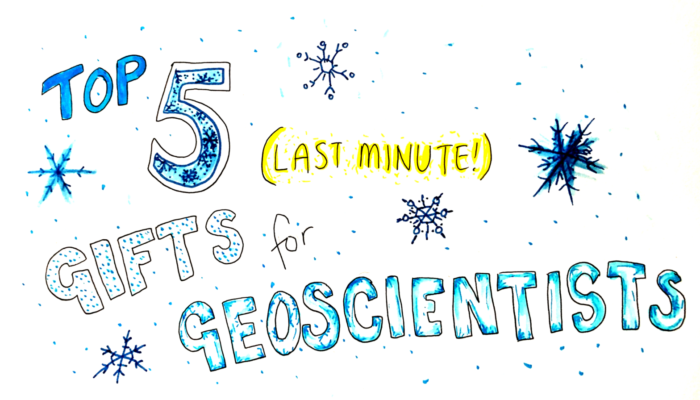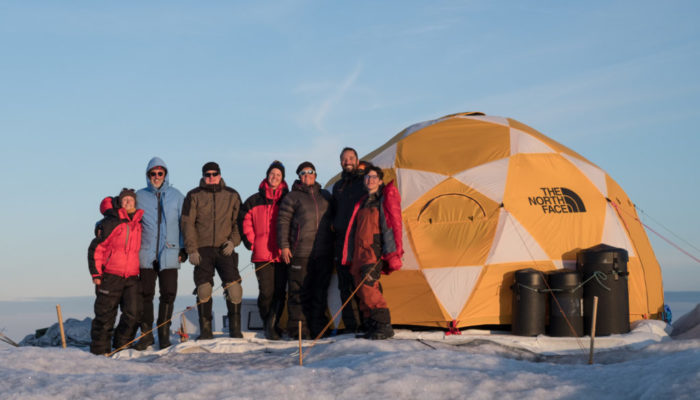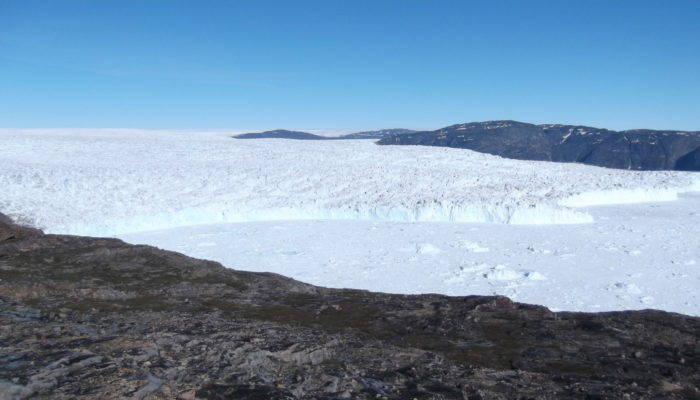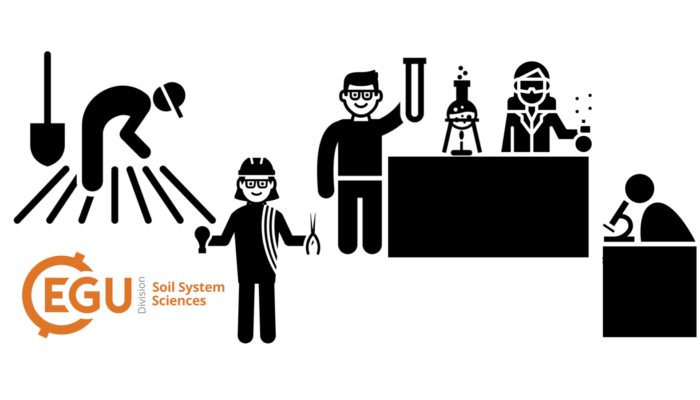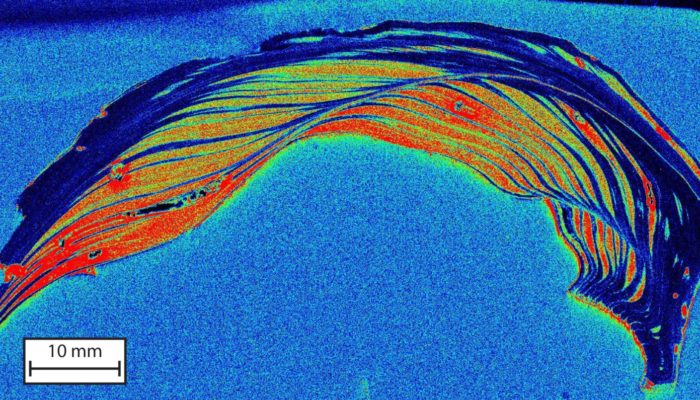Please join us for GMPV ECS talks in early 2021! You can register in advance for the talks at the links below. In 2021, we’ll be running some special editions of the GMPV ECS online talks, where we focus on specific sub-disciplines of GMPV. Wednesday January 20th 11:00 CET – Volcanology special edition – speakers tbc. REGISTER HERE. Wednesday February 17th 16:00 CET – speakers tbc. REGISTER HERE. ...[Read More]
Geodynamics
Thinking inside the (sand)box
Ahhh analogue models… Those beautiful little (or not so little) worlds inside a box, captivatingly beautiful, impossibly detailed… (sorry, getting carried away, am I?). This week, Alex Hughes gives us the insider’s report on what actually goes on in analogue modelling labs when the “Experiment running, do not disturb!!” sign is on the door. Analogue models have been a ...[Read More]
GeoLog
Imaggeo On Monday: Ice-coated roots at sunset
The coating by the ice and the icicles are created through the interplay of wave action and the simultaneous freezing of the water around the exposed tree roots. The reason for the exposed tree roots is increased bank erosion due to a rather unusual circumstance. The combination of the lake not yet being frozen in early winter, and strong winter storms, make it very easy for the waves to erode the ...[Read More]
Geochemistry, Mineralogy, Petrology & Volcanology
GMPV for Sustainable Development – Mineral Resources and Sustainable Mining
GMPV and The Sustainable Development Goals In 2015 all United Nations Member States adopted a set of Global Goals, as a universal call to protect our planet, end poverty and ensure that all people can enjoy peace and prosperity. These are called the Sustainable Development Goals – 17 integrated goals aimed at addressing the challenges our society is currently facing considering social, economic, a ...[Read More]
GeoLog
Top 5 (Last Minute) Gifts for Geoscientists…!
So it’s the winter holidays, and you may be looking for some last-minute gifts for the geoscientists in your life. But because it’s 2020, if you haven’t got anything already, you may be getting worried: shipping times are taking longer and longer, and you might not even be able to visit the nearest shopping centre due to a lockdown. If this is you, don’t panic: we’ve got you covered with th ...[Read More]
Climate: Past, Present & Future
Deep Purple on Ice – Research on the Greenland Ice Sheet During the Pandemic
Insights into the EU project Deep Purple, fieldwork during the COVID-19 pandemic and doing research in a camp on the Greenland Ice Sheet. Written by Ph.D. students Rey Mourot (GFZ Potsdam), Laura Halbach (Aarhus University) and Eva Doting (Aarhus University). On maps, Greenland is shown as a massive white island. This vast ice and snow cover plays a vital role in reflecting incoming solar radiatio ...[Read More]
Cryospheric Sciences
Time To Reflect
Albedo or albedon’t? One possible solution to global warming is to turn everything white to increase the planet’s albedo, i.e. how reflective it is (see, for example, this website). A higher albedo would be one way to reduce global warming, by reducing the amount of incoming shortwave solar radiation absorbed by the planet’s surface, which is then re-emitted as longwave radiation that ...[Read More]
Tectonics and Structural Geology
Mind your Head: Taking care of yourself during the Corona-virus crisis – Part 2
It has been many months since the first lockdown, in some countries about a year, in other countries perhaps eight months. A continuing learning curve, with many ups and downs. Now the end is slowly appearing on the horizon, with promises of vaccines, and several countries making definite plans on when and how to vaccinate. Still – it will take at least 6 months, quite possibly more, until it is o ...[Read More]
Soil System Sciences
The importance of our SSS (…Soil Support Staff!) #2
Last month, we launched the first in a monthly series of blog posts dedicated to highlighting the indispensable work carried out by our technicians, laboratory assistants, and research support teams. Soil Science is indebted to these key individuals and their essential, tireless efforts to keep laboratories afloat, maintain our facilities, carry out fieldwork, and make research happen. We kicked ...[Read More]
Biogeosciences
High-resolution biogeochemistry: Taking snapshots of past climate using mollusk shells
This is a solicited blogpost written by Niels de Winter. Now that the effects of rising anthropogenic CO2 emissions are starting to affect our everyday lives, accurate reconstructions of past climates become more and more relevant. These reconstructions help us to improve climate models used to project future global warming scenarios which in turn inform policy makers. The further we look back in ...[Read More]

